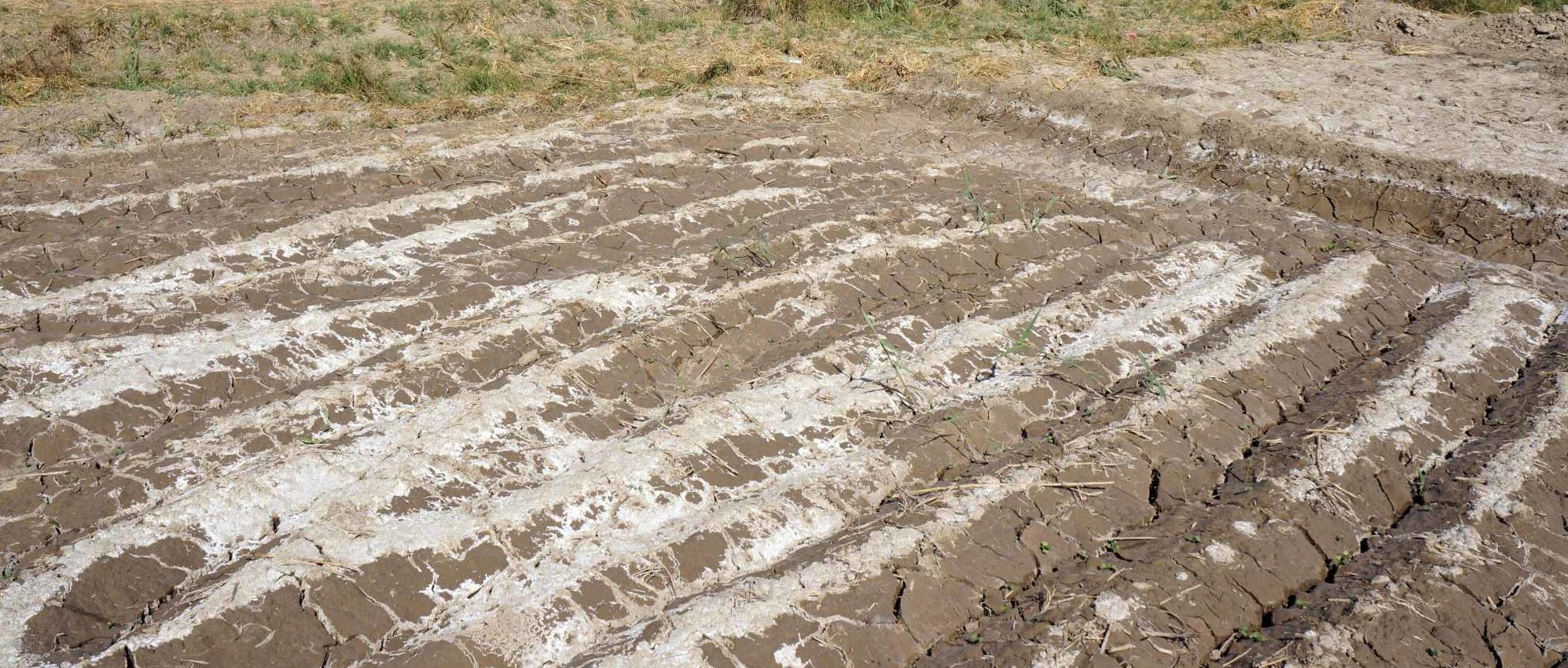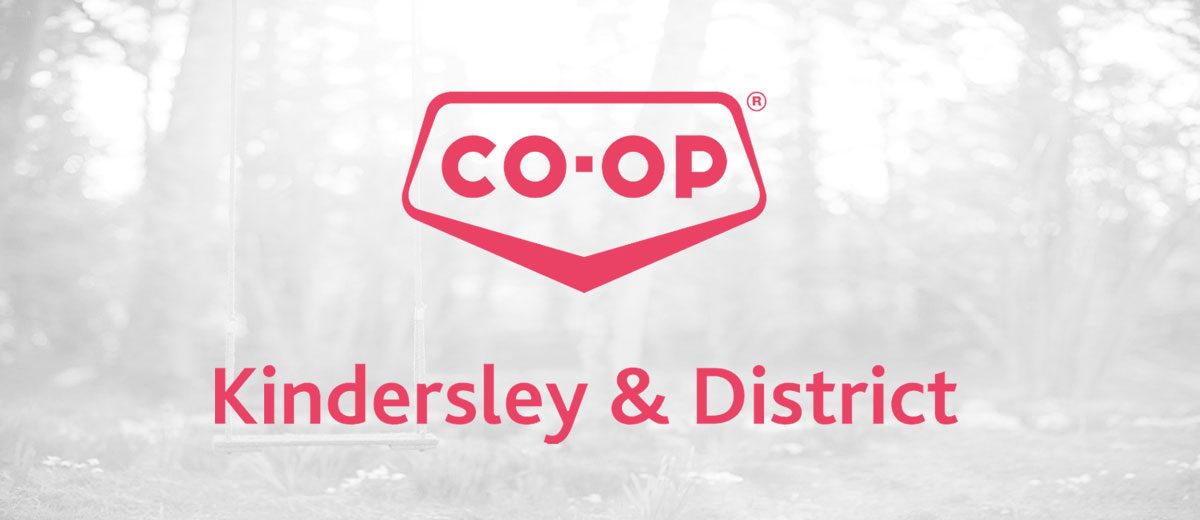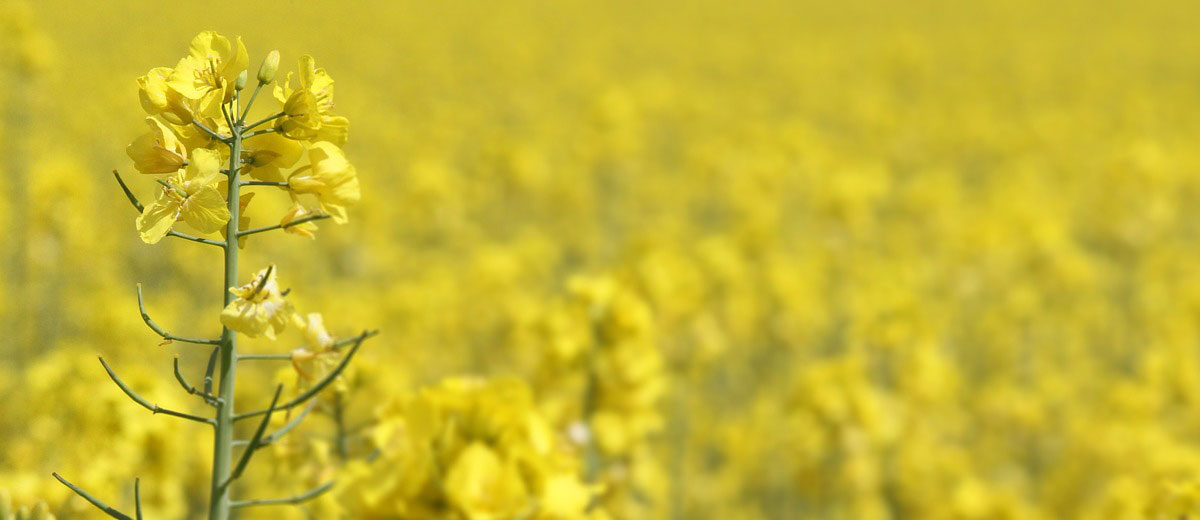
Managing Saline Land
By Brittany Neumeier, Extension Agrologist Intern

Dealing with salt affected soils? You’re not alone, it is estimated that in Saskatchewan, several million acres are affected by salinity. Saline soils have a high concentration of soluble salts. The most common source of salinity in Saskatchewan are large deposits of marine shale with high concentrations of sodium salts that were left behind when the seas that once blanketed the prairies dried up. Glacial activity then broke up and mixed this material into the soil. These salts are water soluble and can be redistributed within the landscape. They often accumulate around the perimeter of wetlands and in areas where there is a shallow water table, generally within two meters of the soil surface (Henry, 1987). These dissolved salts increase the osmotic pressure of the soil solution, preventing the plant from taking up water and nutrients. Saline soils are a production challenge; they are poor yielding, unproductive and often end up bare and with little plant growth.
So, how do we manage these areas? Doing nothing may cost you in the long run. In a case study on the economics of saline areas, it was shown that doing nothing for these areas ends up costing the producer more than if they invested in a permanent solution. Leaving saline areas bare often increases the severity and size of soil salinity. The bare areas have a high rate of evaporation because there is no vegetation shading the soil from the elements. Through a process called capillary action, water is carried to the soil surface. The water then evaporates off and leaves behind the salts it brought with it. These areas can be managed by establishing a diverse perennial forage stand. The vegetation protects the soil surface from the elements and will utilize the ground water, lowering the water table and keeping the capillary action that pulls the water to the surface at bay. The result is a reduction in the amount of salts being brought to the soil surface. Because salinity is extremely variable, a good strategy to use when trying to establish perennial forages is to seed a complex mix of grasses and legumes with varying levels of salt tolerance, as well as deep rooted forages that use a lot of water, like alfalfa (Henry, 1987). This ensures the highest level of establishment and potential for groundwater use. Planting perennial forages has other benefits as well as they suppress weed establishment and also provide natural pollinator habitats.
Through the Canadian Agriculture Partnership (CAP), the Ministry of Agriculture has funding available through various programs for managing saline land. Under the Farm Stewardship Program, producers can access funding to implement beneficial management practices (BMPs). Some of these BMPs provide producers funding for planting forages. You can work with your local agri-environmental specialist to find a seed blend right for you.
For the latest information and for more updates on everything Kindersley ‘Like’ the Kindersley Social Facebook page below…








































